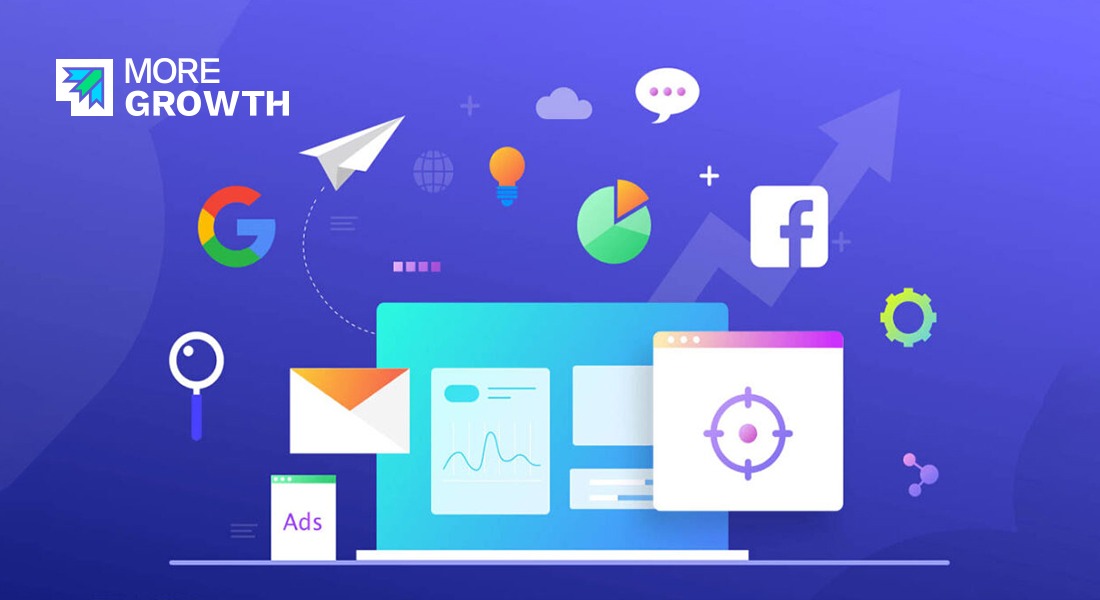Retargeting is a powerful digital marketing technique when campaigns are run correctly. We recommend the following best practices to help ensure you craft retargeting campaigns that result in the brand lift and ROI you may have heard about:
- Frequency Caps
One or two visits to your website doesn’t mean prospects want to start seeing your ads everywhere they browse. Overexposure quickly results in decreased campaign performance, which is why it’s almost always advisable to use a frequency cap. Prospects may ignore your ads completely, a phenomenon known as banner blindness, or they may begin to have a negative association with your brand as you follow them all over the web.
A frequency cap will limit the number of times a tagged user will see your ads and will prevent potential customers from feeling overwhelmed. Be strategic with how and when you serve ads, and take into consideration that not every website visitor will be at the same point in their purchase journey. We typically recommend 17-20 ads per user per month, but you can work with your retargeting provider to determine what makes the most sense for your campaign.
- Exclude converted users
Have you ever made a purchase online only to find you’re still being inundated with advertisements for that company or product? By continuing to serve ads to converted customers, companies are only serving to annoy people. Don’t make the same mistake.
Luckily, there’s a very simple solution: exclude your converted users. It’s that easy. In addition to not annoying your customer, this practice saves you money. Why waste valuable impressions on the people who have already converted?
Converted customers can still be a part of your retargeting campaign, just don’t ask them to take the same action twice. Now, you have an opportunity to retarget current customers with new ads. Instead of showing them what they have already bought, you can upsell, cross-sell, or even offer referral discounts through new ads. Essentially, burn the previous campaign and enroll them in a new one!
- Audience Segmentation
Audience segmentation allows you to tailor ad messages to users in different stages of the purchase funnel. The process is simple: you place different retargeting pixels on different pages of your site and then tailor creatives based on the depth of engagement of each user.
When a visitor comes to your main page, you can target them with creatives that communicate general brand awareness. If they look at your product page, you can serve them with more specific ads around your product offerings, – regardless of users’ level of interest, audience segmentation ensures you are serving relevant and engaging ads.
- Demographic, Geographic, & Contextual Targeting
Targeting gives you the opportunity to fine-tune your ad placements, ensuring greater relevancy and increasing ad performance. Advertisements can be targeted based on demographic information, like age or gender, contextual factors like the subject matter of the website, or geographic data.
When you target your ads with consideration for demographic, geographic, and contextual variables, you don’t waste valuable impressions on people who aren’t relevant to your campaign. Targeting not only improves the relevancy of your retargeting campaign by placing the right ads in front of the right people, but also lowers your costs. Instead of serving ads to everyone, you’re saving your money and showing ads to the people for whom your ads make the most sense.
- Setting View-Through Conversion Windows
For brand marketers interested in increasing awareness and establishing market share, the display can be a highly effective and measurable channel. A frequent complaint of the direct response crowd is that online display advertising doesn’t drive clicks at the same rate as paid search advertising, but clicks aren’t telling the whole story. Retargeted ads, even if they aren’t clicked, can provide brand lift. In one comScore study, retargeted ads led to a 1046% increase in branded search, a clear sign of heightened brand awareness and recall.
The view-through conversion takes into account that some ads don’t trigger immediate buying decisions, but can nonetheless influence people to make purchases later, also known as the billboard effect. In the same way a catchy billboard grabs your attention and boosts brand awareness, an online display ad can encourage a later action. View-through conversions provide advertisers with richer data around ad performance by considering conversions that occur within a certain window after a user sees an ad. There are various practices around the length of a view-through conversion window, but the standard window is 30 days. Setting a view-through conversion window that makes the most sense for your business will provide you with valuable data around the stickiness of your ads, the quality of your ad placements, and your audience’s shopping habits, without inflating or overstating the effectiveness of your ads.
- Single-Provider Retargeting
Running retargeting campaigns with multiple providers has a number of serious drawbacks. If you run with multiple providers, each provider will be bidding for the same spots on the same websites, driving up media costs and decreasing the chances each has to serve ads to your users. You may also run into difficulties effectively implementing frequency caps, as each retargeting provider will be operating independently.
If you’re new to retargeting and you want to test the waters with different providers, it’s more effective to run tests in subsequent months using one provider at a time. You’ll have a better sense of which campaign actually performed better without skewing your results.
- Rotating Creatives + A/B Testing
Even if you launch your campaign with incredibly strong creatives, running with the same set of ads for months on end will result in a lower-performing campaign. According to a ReTargeter study, clickthrough rates decrease by almost 50% after five months of running the same set of ads. After seeing the same ads again and again, a user’s interest is no longer piqued and the ads are more likely to blend into the background. By rotating your ad creative every few months, you can easily avoid experiencing these dips in performance.
Simple A/B tests can provide the data you need to run campaigns with high-performing ads. Instead of relying on what you think will work, you can run tests for measurable and actionable results. A/B testing your creatives will help you determine the optimal combination of ad copy, calls-to-action, and graphics. Here at ReTargeter, we always run A/B tests and recommend that our clients do the same.
- Optimized Creatives
The banner ads you use may do more to determine success than any other factor of your retargeting campaign, so it’s crucial to devote sufficient resources to making beautiful ads. Marketers often try to cram as much information as possible into the space allotted. This method of designing banners will only distract your audience and won’t serve the purpose of the ad: to win their attention and keep it. You want to be memorable so that even if your audience doesn’t click your ad, it stays with them. Often, creating memorable ads is best achieved by keeping copy minimal and design simple. All of your banner ads should be well-branded and recognizable. Use bold colors, concise copy, and clear calls to action with big, clickable buttons. For more suggestions, check out our section on banner ad best practices.
When used properly, retargeting is incredibly powerful. Follow these best practices when you run your retargeting campaigns and you’ll be sure to see high returns




This Post Has 0 Comments